Abstract
1. Lymphatics draining the region distal to the fetlock were cannulated in anaesthetized sheep. A pneumatic cuff was used to intermittently compress the drainage area. 2. Intermittent inflation of the cuff accelerated lymph flow. This effect increased dramatically as the frequency of inflation was increased. 3. With a constant inflation time, increasing the time between inflations increased the additional volume of lymph expelled per external compression threefold over the range of 0.5-8 s. Longer intervals produced little further change. 4. There was no significant difference between the effects on lymph volume per compression of intermittent cuff inflations lasting from 1 to 18 s with a constant time between inflations. 5. A cuff pressure of 20 mmHg produced a significant rise in lymph flow. Increasing the pressure applied during cuff inflation increased the effect up to the maximum pressure used (320 mmHg). 6. These studies demonstrate that the promotion of lymph formation by tissue compression is related to the number of compressions applied and the period of time between them. Increasing the pressure exaggerates the effect but increasing the length of each compression does not. This suggests that compression empties the terminal lymphatics centripetally. These vessels refill after compression is released and in our preparation this is complete in about 8 s.
Full text
PDF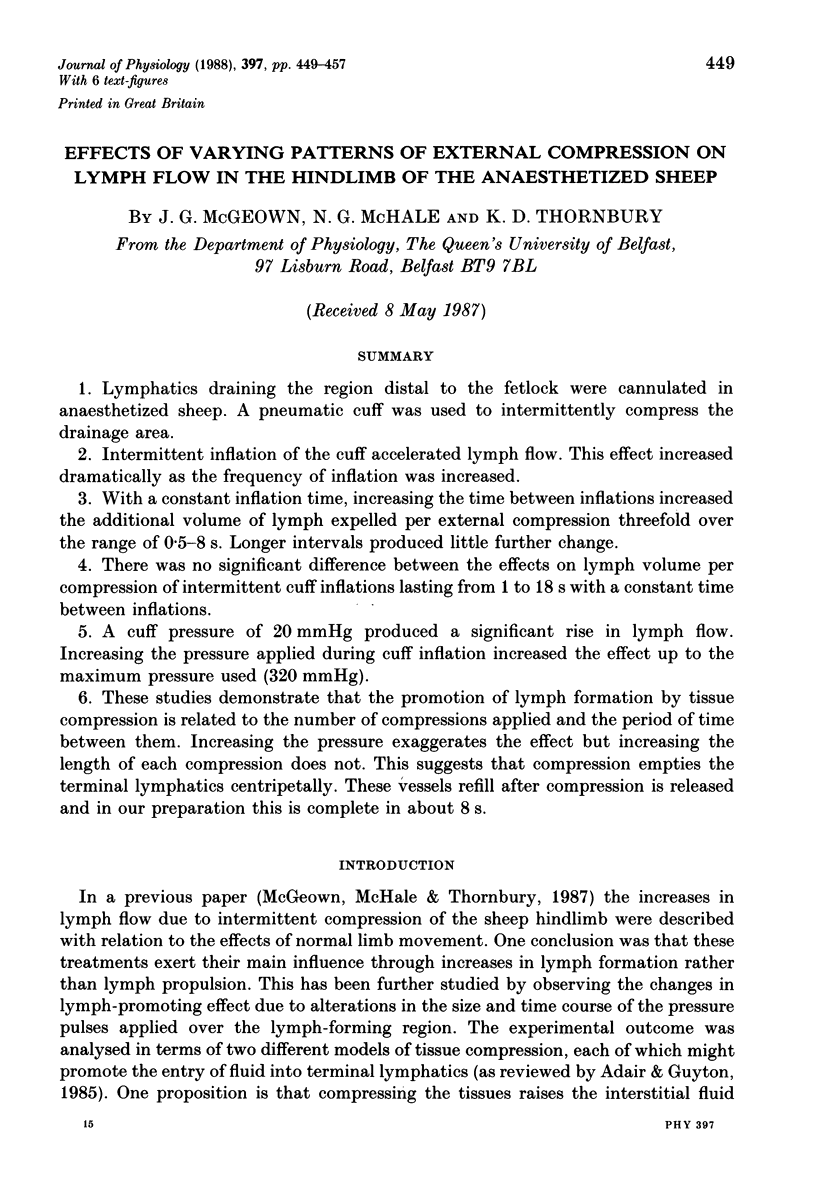
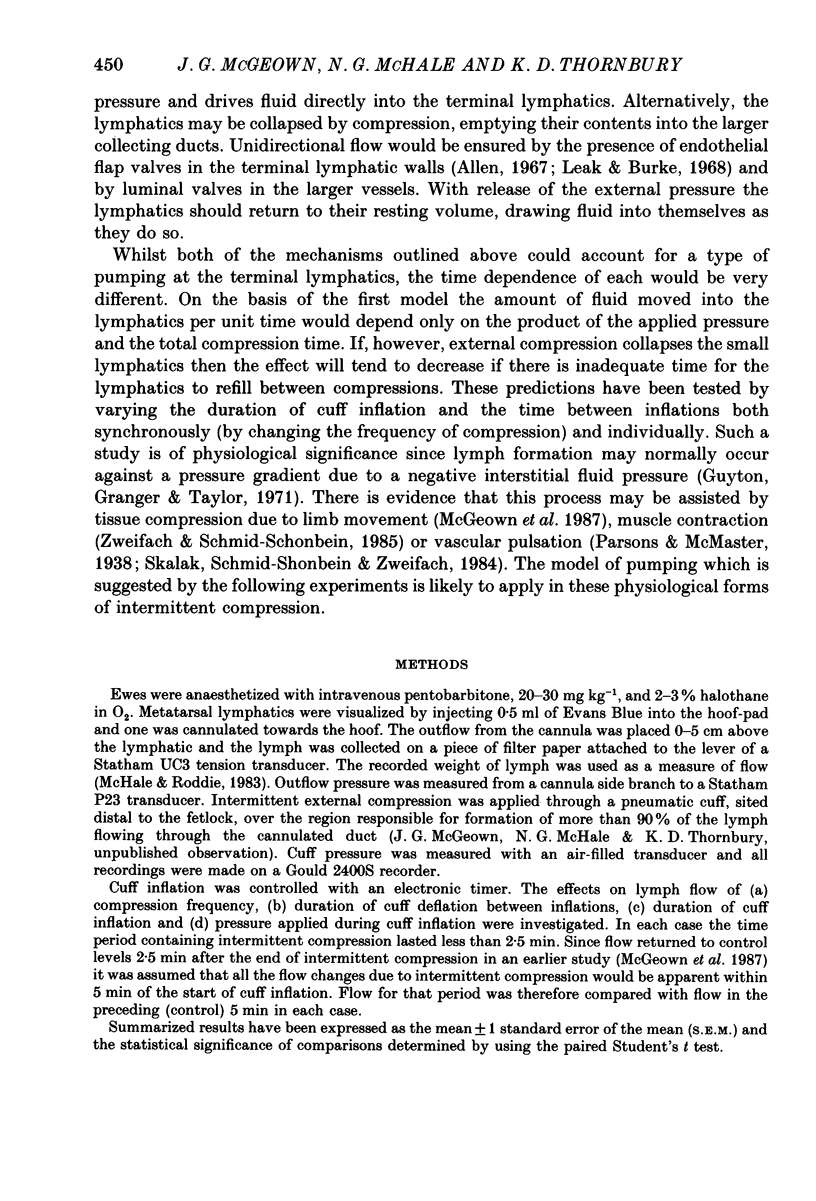
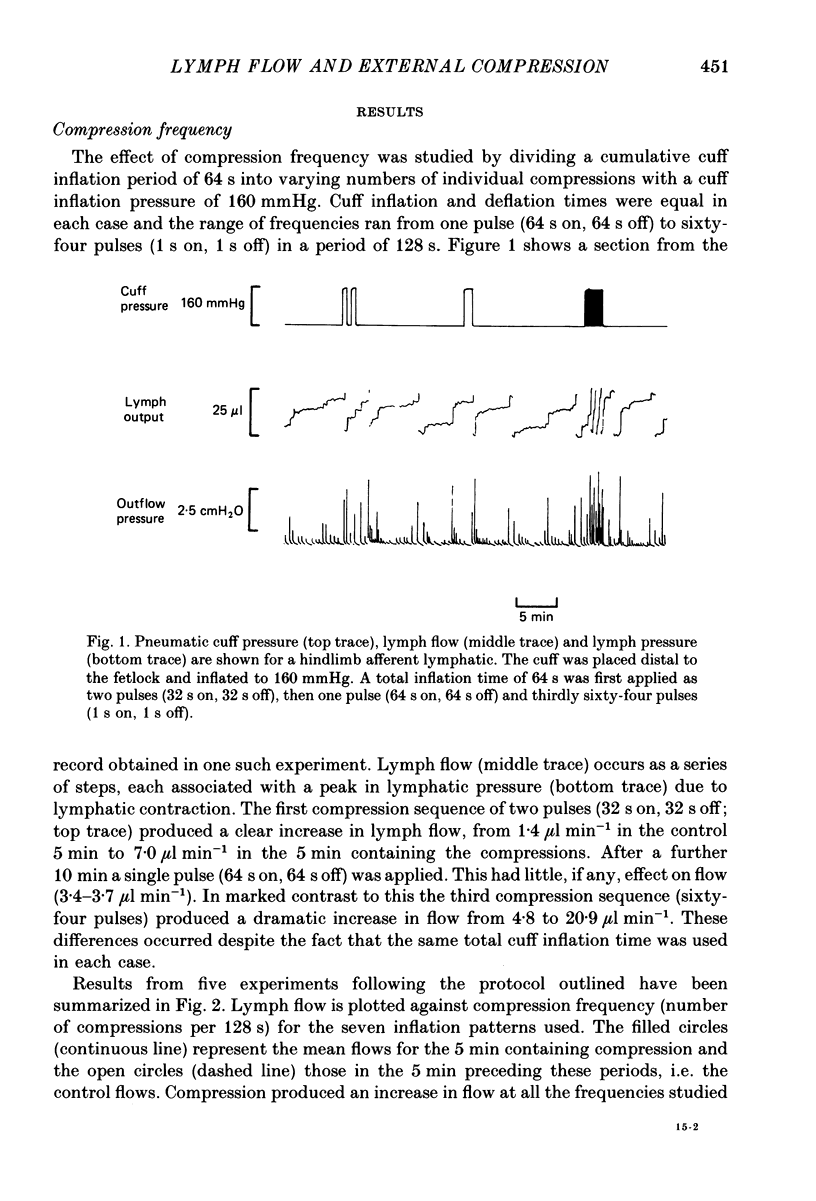
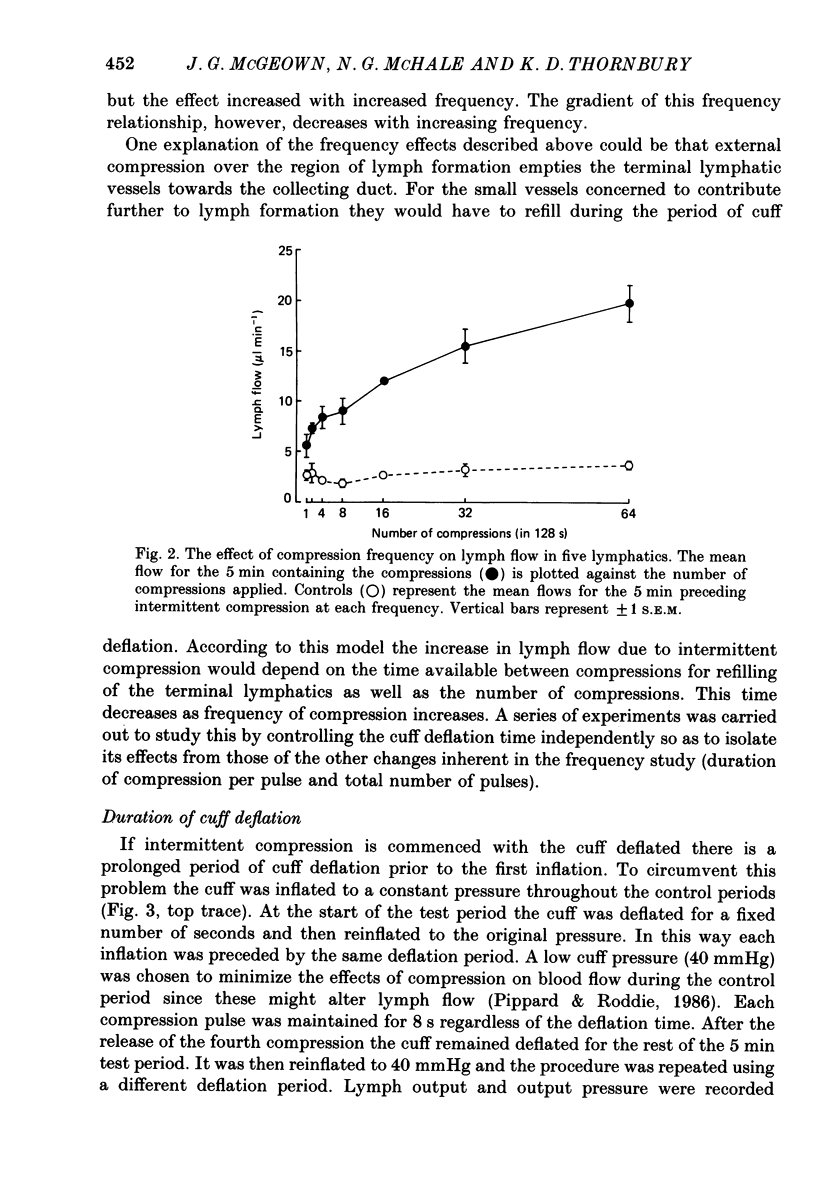
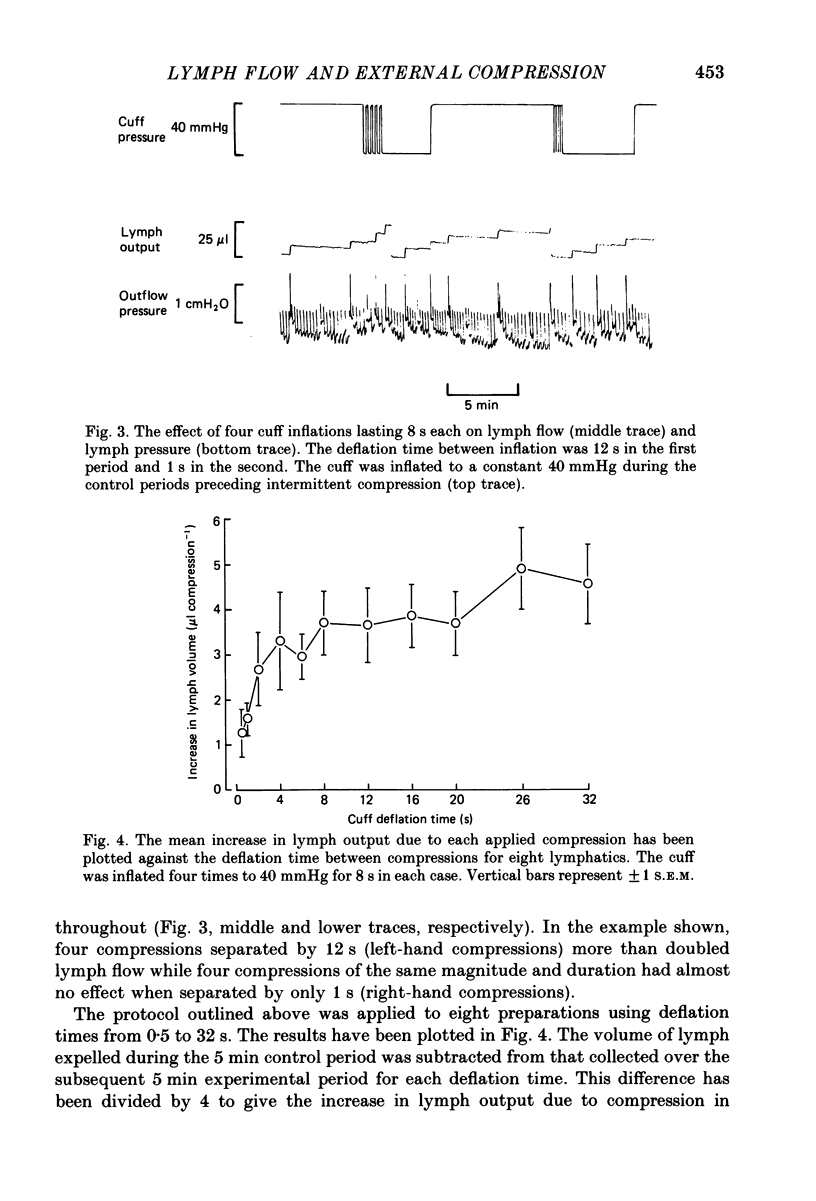
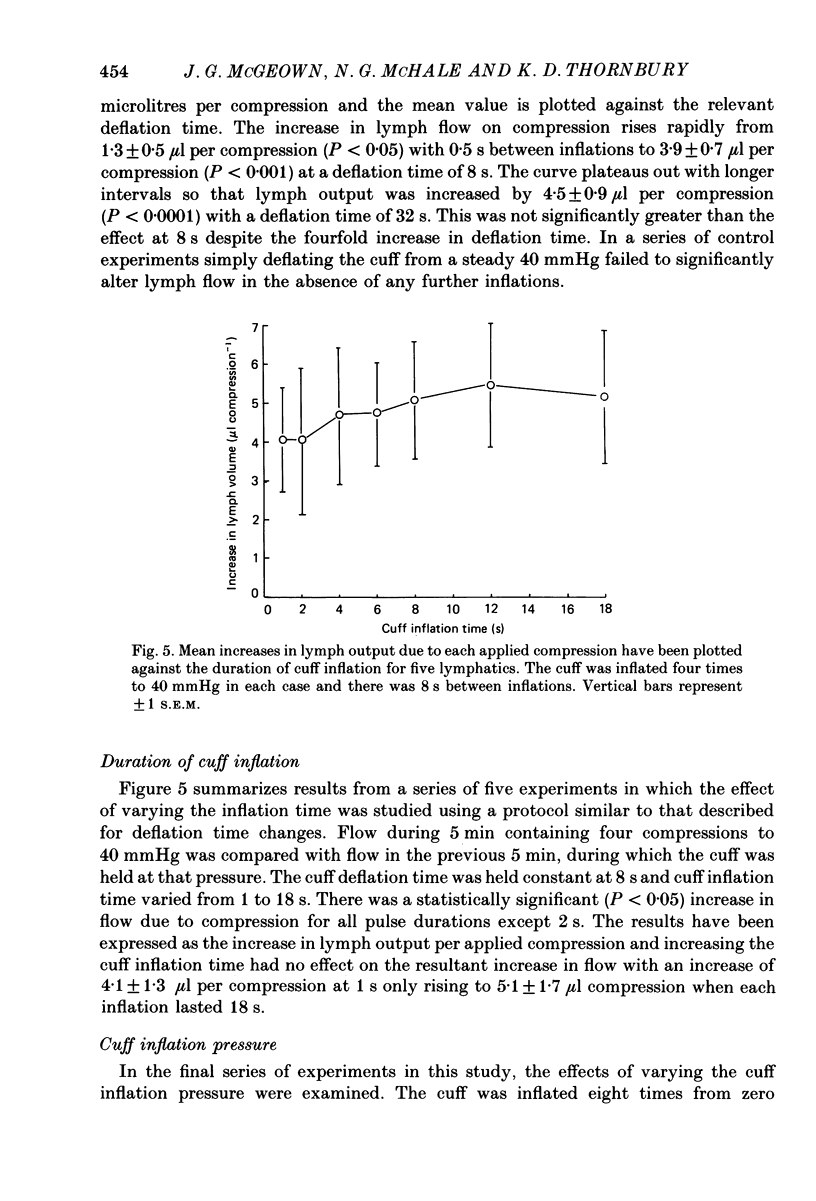
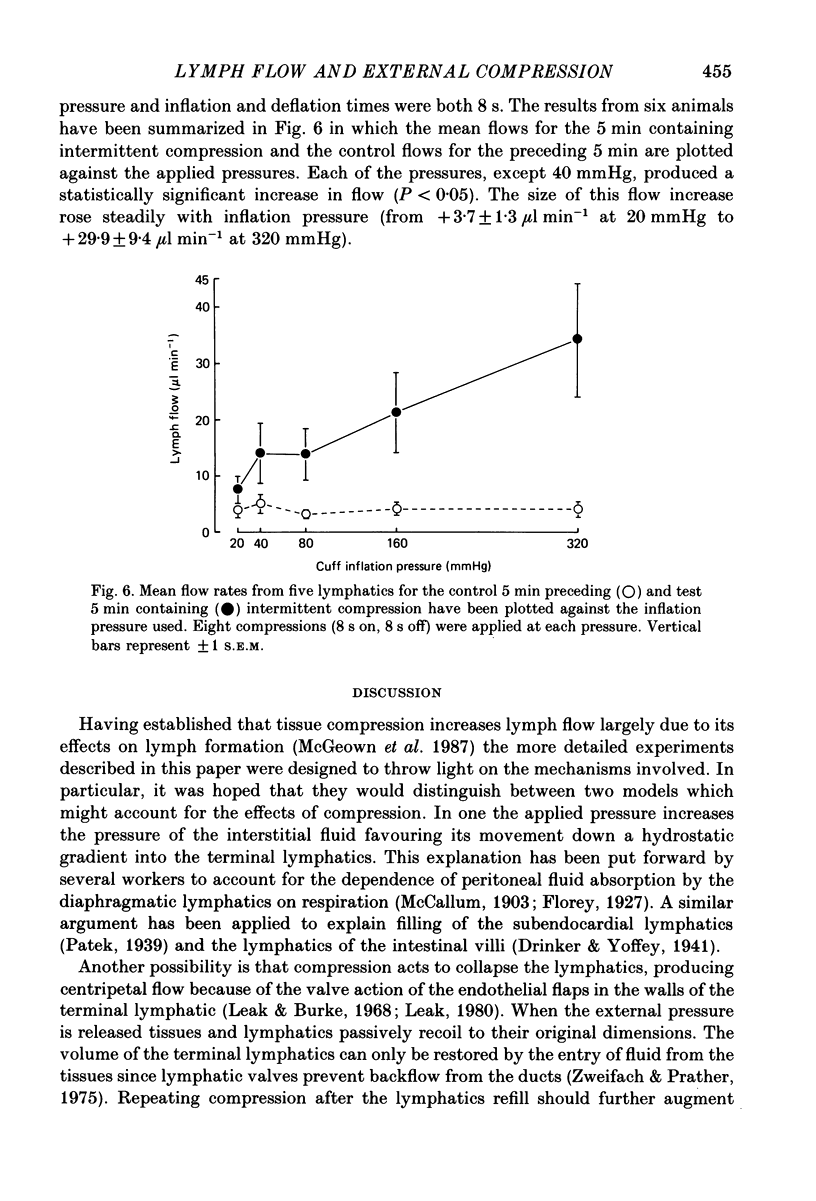
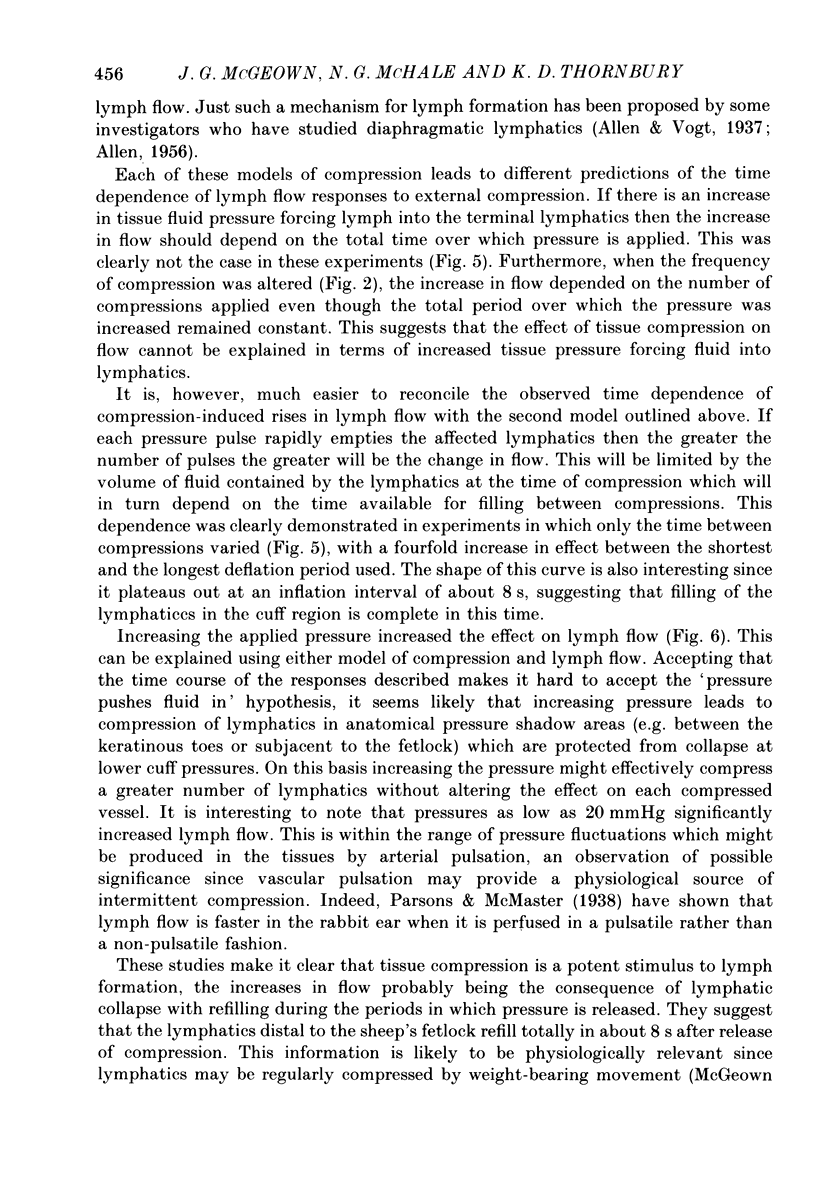
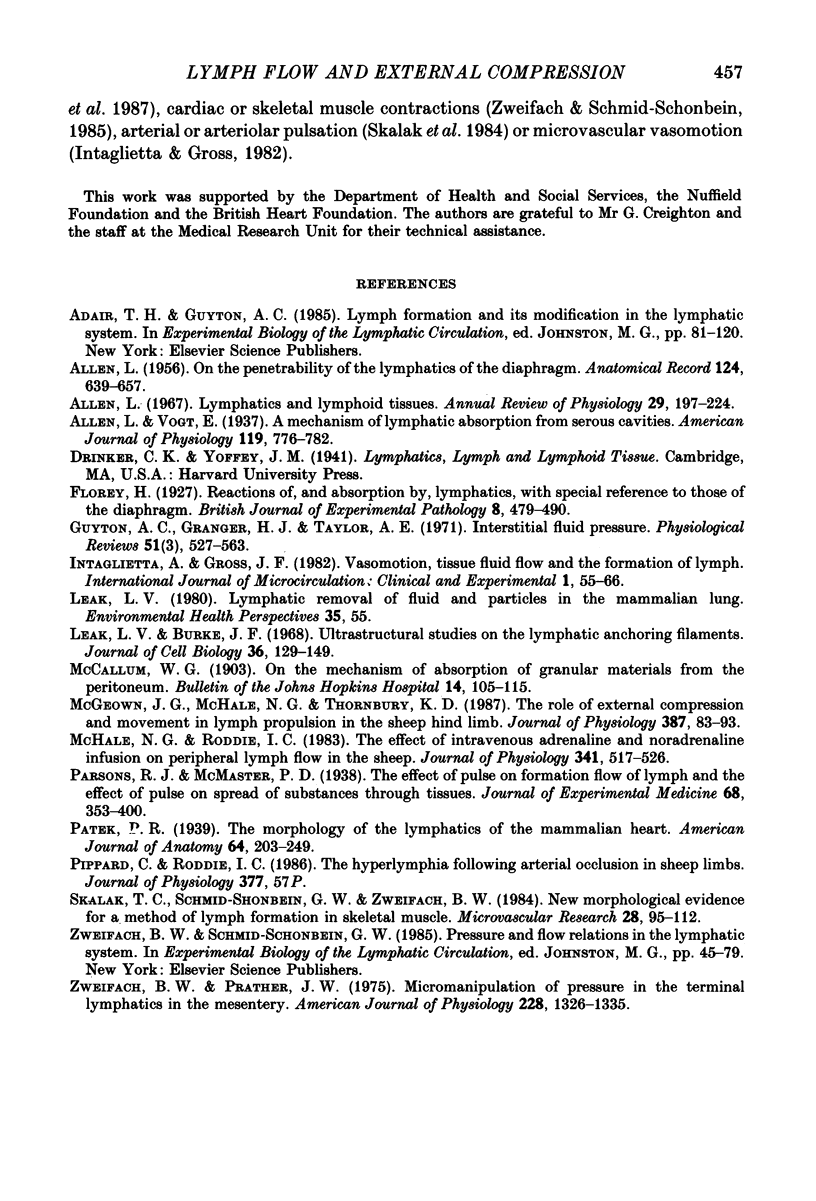
Selected References
These references are in PubMed. This may not be the complete list of references from this article.
- ALLEN L. On the penetrability of the lymphatics of the diaphragm. Anat Rec. 1956 Apr;124(4):639–657. doi: 10.1002/ar.1091240404. [DOI] [PubMed] [Google Scholar]
- Allen L. Lymphatics and lymphoid tissues. Annu Rev Physiol. 1967;29:197–224. doi: 10.1146/annurev.ph.29.030167.001213. [DOI] [PubMed] [Google Scholar]
- Guyton A. C., Granger H. J., Taylor A. E. Interstitial fluid pressure. Physiol Rev. 1971 Jul;51(3):527–563. doi: 10.1152/physrev.1971.51.3.527. [DOI] [PubMed] [Google Scholar]
- Leak L. V. Lymphatic removal of fluids and particles in the mammalian lung. Environ Health Perspect. 1980 Apr;35:55–75. doi: 10.1289/ehp.803555. [DOI] [PMC free article] [PubMed] [Google Scholar]
- McGeown J. G., McHale N. G., Thornbury K. D. The role of external compression and movement in lymph propulsion in the sheep hind limb. J Physiol. 1987 Jun;387:83–93. doi: 10.1113/jphysiol.1987.sp016564. [DOI] [PMC free article] [PubMed] [Google Scholar]
- McHale N. G., Roddie I. C. The effect of intravenous adrenaline and noradrenaline infusion of peripheral lymph flow in the sheep. J Physiol. 1983 Aug;341:517–526. doi: 10.1113/jphysiol.1983.sp014821. [DOI] [PMC free article] [PubMed] [Google Scholar]
- Skalak T. C., Schmid-Schönbein G. W., Zweifach B. W. New morphological evidence for a mechanism of lymph formation in skeletal muscle. Microvasc Res. 1984 Jul;28(1):95–112. doi: 10.1016/0026-2862(84)90032-3. [DOI] [PubMed] [Google Scholar]
- Zweifach B. W., Prather J. W. Micromanipulation of pressure in terminal lymphatics in the mesentery. Am J Physiol. 1975 May;228(5):1326–1335. doi: 10.1152/ajplegacy.1975.228.5.1326. [DOI] [PubMed] [Google Scholar]


